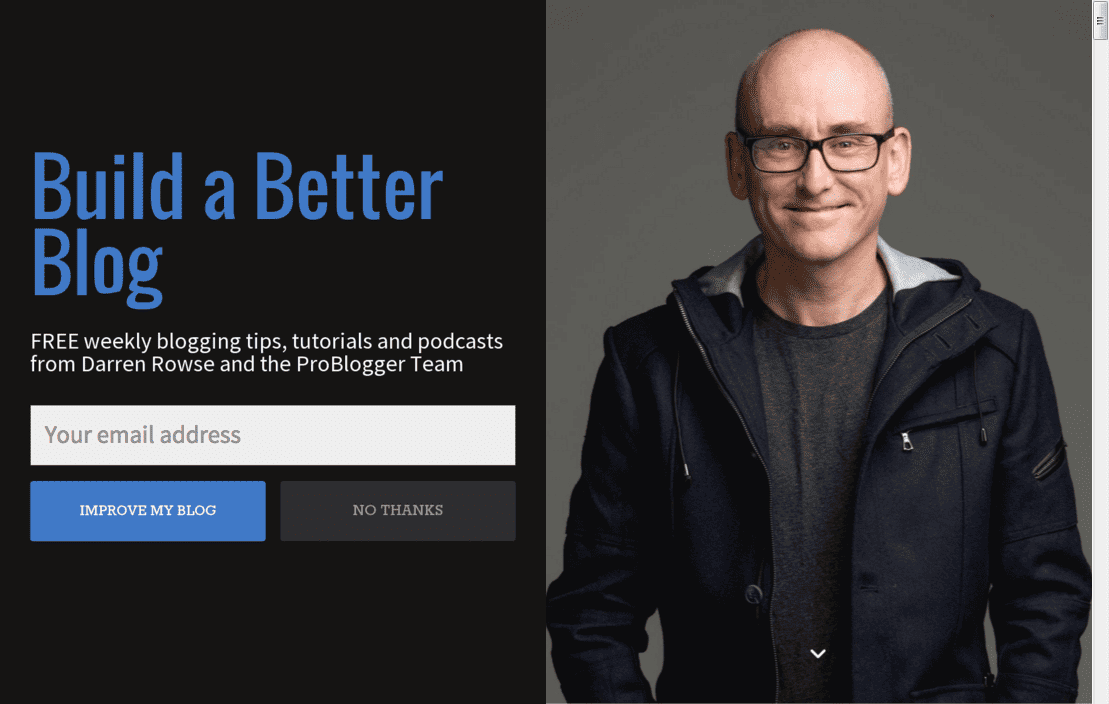I have a confession to make. Sometimes I find it difficult to tell people I do for a living.
And that’s because, as common as “content marketer” is within the marketing and tech industry, it’s not that well known in other circles.
As a result, I sometimes resort to telling people that I’m a blogger.
Of course, though, that’s not entirely true, and it conjures up ideas of Carrie Bradshaw at her desk writing about her love life.
If I had more time to elaborate, I would explain that the major difference between content marketing and blogging is that blogging is writing to write. It’s a creative channel to share new ideas and express yourself in new ways. But that’s beside the point, because that’s not what we’re about, right?
Content marketing is writing with an objective. It’s writing with specific business goals.
Content marketing can be measured. Content marketing brings in revenue.
The next question is, of course, “how does content bring in revenue?”
This article will break down 5 actionable strategies that can be used to turn your business blog traffic into dollars.
I’ll give you the answers to your in-laws questions if they’re willing to listen to you for 10 minutes.
The first three strategies are based around turning blog traffic into leads (which can then be nurtured into sales), and the latter two are based around strategies used to nurture leads into sales.
Let’s get rolling!
Blog Monetization Strategy #1: Content Upgrades
A content upgrade is a downloadable resource that’s hyper-relevant to a blog post. The easiest and most common form of content upgrades is a PDF version of the article that users can download for later reading.
Content upgrades can also include checklists, bonus tips, video tutorials, and anything else related to the post.
Here’s an example of a content upgrade that we currently have running on the Wishpond blog.

We’ve recently doubled down on this strategy and added PDF content upgrades to our top 200-traffic articles. Within a week we’ve doubled our daily leads generated from blog.
Not too shabby!
What’s even better is that it’s relatively easy to implement content upgrades, all you need is a lead magnet and a click popup.
If you’re thinking about getting started with content upgrades, consider these 7 options as a starting point:
- List of tools related to the article
- A recording of written content
- Additional walkthroughs related to content
- Checklist of the article’s strategy
- Downloadable fill in the blank asset
- Hardcopy PDF
- Bonus content not included in the article
For an extensive breakdown of how each one of these content upgrades works, check out 7 Content Upgrade Ideas and Examples that Helped Build 100k Subscriber Lists.
Blog Monetization Strategy #2: Click Popups
What’s the first thing that you think of when you think of a popup?
It might be something that interrupts your reading experience by offering a free ebook or prompting a newsletter subscription.
But that’s not how all popups work…
In fact there’s a different type of popup that’s been proven to work up to 99% better than regular scroll and timed popups.
And that’s a click popup.
Click popups are what make content upgrades so effective. As the name implies, they’re triggered when a user “clicks” on a link or a CTA.
Because of this, click popups are very unintrusive, have uncharacteristically high conversion rates for popups, and can be added generously without compromising your reader’s experience on your site.
Take a look at a click popup from Pat Flynn’s Smart Passive Income Blog:

Once a user clicks on the CTA, this popup automatically appears:

Although click popups are extremely effective, always remember to follow popup best practices when implementing any new click popup strategy:
- Adding a benefit oriented statement as either the headline or sub-headline
- Including an action-oriented call to action
- Only requiring as many form fields or checkboxes as absolutely necessary
- Make it easy to exit the popup
Blog Monetization Strategy #3: Welcome Mat
While it’s good to have a blog optimized with inline CTA’s, click popups, and other non-intrusive lead generation strategies, sometimes you need something a little more drastic to convert users and get their attention.
That’s where a welcome mat comes in.
Welcome mats work by displaying an entire page offer when a user lands on a page.
They’re sort of like popups, except much bigger, and with much higher impact.
Here’s an example of an welcome mat used by ProBlogger when visitors first visit their blog:

There’s literally no chance of a visitor missing this offer when they arrive on the ProBlogger site, and as a result they probably get a ton of newsletter signups.
At Wishpond we use a welcome mat to prompt first-time blog readers to start running lead generation campaigns.
Here’s an example of what the page currently looks like:

Except instead of asking for an email, we have an orange CTA that prompts users to click through to get started.
Using this strategy, we’ve been able to significantly increase the total number of users that are brought to our pricing page, which in turn contributes to a significant portion of our monthly revenue.
Blog Monetization Strategy #4: Segmented Newsletter Subscription
When it comes to monetizing a blog, generating leads is the first step, but knowing who each of your users are is the next step in being able to nurture them into paying customers.
This is where a segmented newsletter subscription comes into play.
Segmenting your newsletter can have the benefits of:
- Higher email open rates
- Higher email clickthrough rates
- More engaged subscribers
- Ability to send more targeted offers
In order to segment your newsletter properly, however, you must ensure that you’re collecting the right amount of data from the lead gen phase.
Information used to segment users can include:
- Job title
- Interests
- Location
- Stage in their buyer’s journey
- Industry
- And others
MailChimp published a study that found that by adding database information known about leads (interests, location, etc) into emails, marketers were able to achieve a 63% increase in clickthroughs on average when compared to non-segmented email campaigns.
Now imagine the implications on your sales emails with that type of result!
Here’s an example of a segmented email that Rdio sends to recommend music to users based on their past preferences:

Based on the degree of personalization we can see in this email, we can bet that Rdio sees higher levels of engagement compared with mass email campaigns.
For more tips on list building, read 5 Insanely Simple List Building Tactics that Actually Work.
For more on segmenting your leads, check out this non-gated Complete Guide to Lead Segmentation.
Blog Monetization Strategy #5: Email Drip Campaigns
The last method we’ll look at is the one most aligned with generating new sales or preparing leads to speak with someone on your sales team.
Studies have shown that nurturing leads with email drip campaigns can help generate up to 47% more sales-ready customers when compared to leads not a part of email drip campaigns.
In a nutshell, email drip campaigns consist of sending leads targeted emails that educate them on a specific topic before prompting them with an offer at the end of the email series.
Here’s an example framework for an email drip campaign that could be sent from a fictional yoga retreat:
- Email 1: Welcome Email – “What’s Yoga all about?”
- Email 2: Educational Email – “10 Reasons Why People Who Do Yoga are more Successful”
- Email 3: Educational Email – “How Yoga Can Help Your Family Relax”
- Email 4: Case Study – “How a Yoga Retreat Helped Melinda Live a More Balanced Life”
- Email 5: Offer – “Try a Yoga Retreat for the Family this Fall”
Notice how this email series starts with the broad topic of “what is yoga” but slowly transitions into educational content, a case study, then a related offer.
This is how email drip campaigns work. They can help transition your top-of-the-funnel prospects (or people not entirely aware that they may need your product or services) into leads who understand and may be willing to make a purchase.
For more information on how email drip campaigns work, check out How to Create Email Drip Campaigns to Nurture Leads.
Conclusion
Hopefully these 5 strategies can help move your business blog towards a more strategic approach to lead generation and sales.
To recap, the 5 strategies we looked at are:
- Content upgrades
- Click popups
- Welcome mats
- Segmented newsletter subscription
- Email drip campaigns
Have a blog monetization strategy that works for you? I’d love to hear your thoughts in the comments below!

Kevin Ho is a Content Marketer at Wishpond focusing on lead generation, conversion rate optimization, and marketing automation. He is a contributor to Social Media Today, Convince and Convert , and Social Media Examiner. Kevin has taught courses on Udemy and Wishpond Academy on all things marketing. Connect with him on Twitter @mayoshrimp


